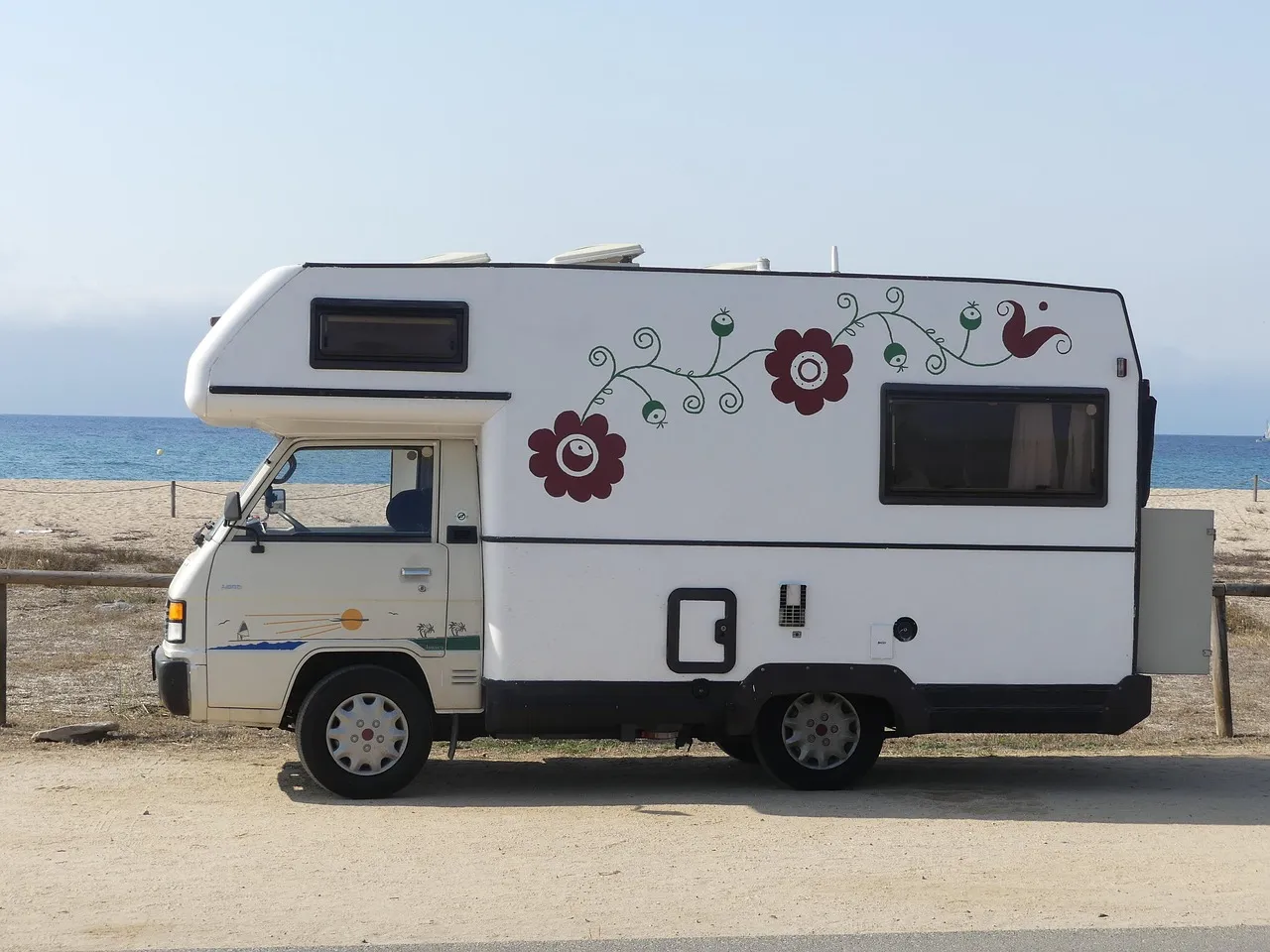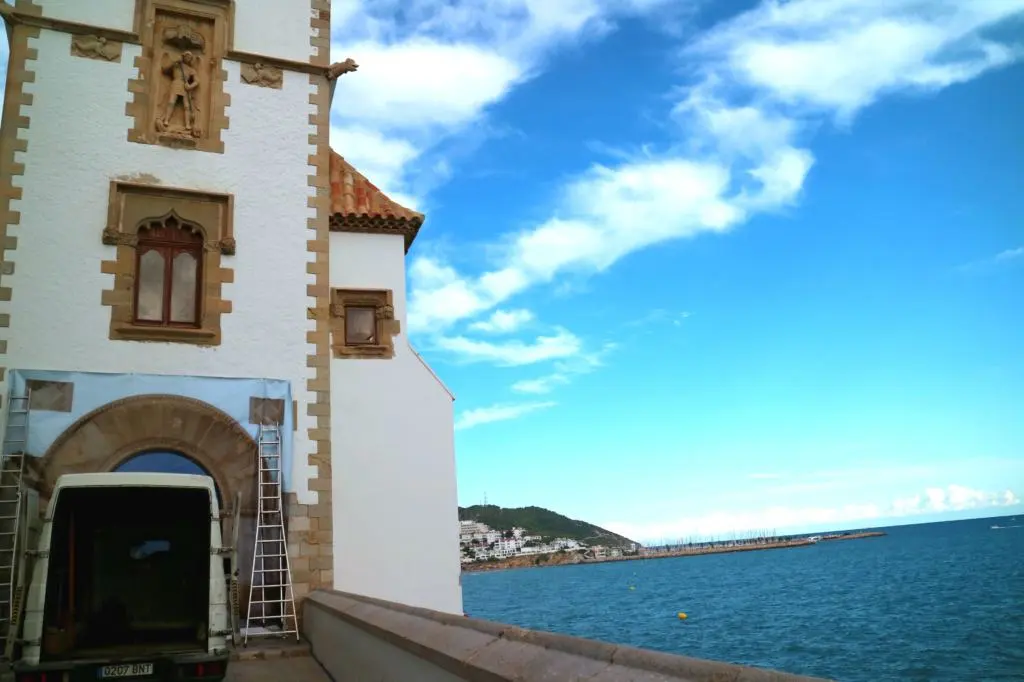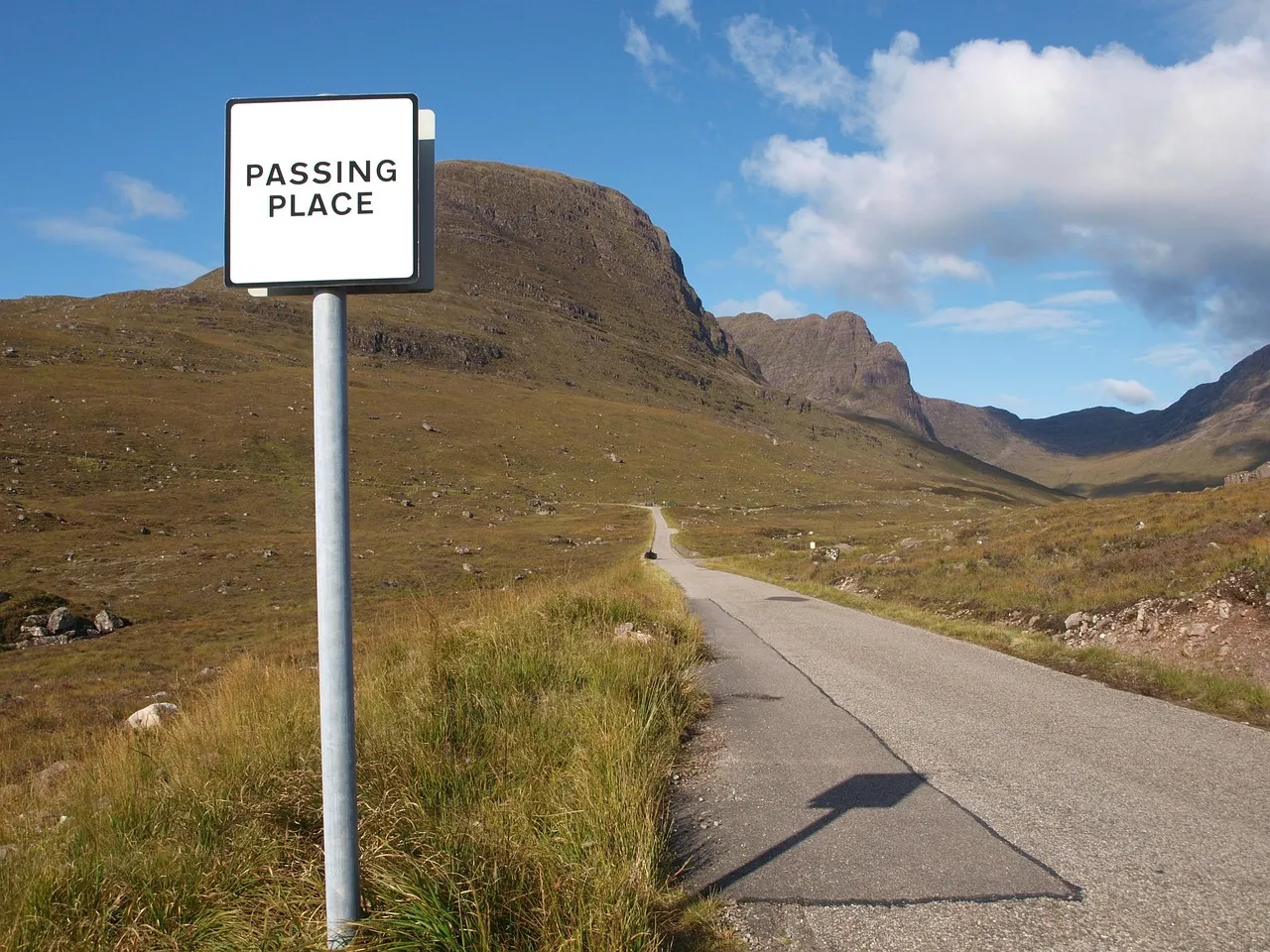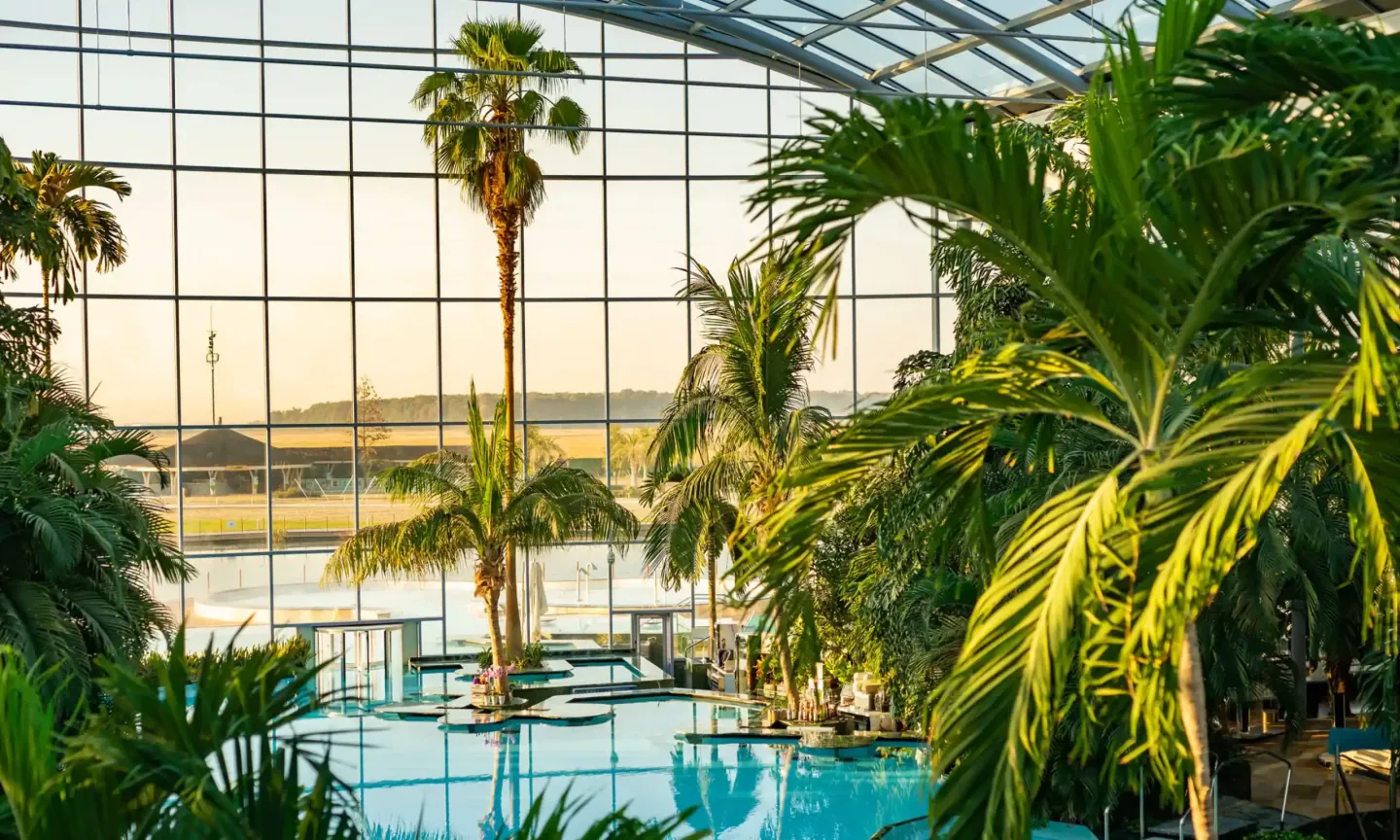Artists have long responded to the open road as if it were a living muse. Centuries of wandering poets, followed by musicians whose lyrics reflect distant landscapes, and muralists discovering new walls, have confirmed that a nomadic life nurtures artistic impulse. Now, mobile technology and the spread of remote work make it possible for creators to fuse career and travel with unprecedented ease. Increasingly, the RV emerges as the favoured vessel, offering a rare blend of portability, autonomy, and ever-changing inspiration. This choice is more than a passing fad; it is a deliberate reimagining of daily life that empowers performers, painters, writers, and others to orchestrate a reality in which creativity and adventure stretch before them like an open highway.
Redefining Stability Through Mobility
Living on the road as a working artist in a converted RV does not equal a trade-off in stability or professionalism. It only extends the horizon of what those terms can mean. The lifestyle demands meticulous planning, daily discipline, and creative problem-solving, yet it simultaneously opens avenues for profound, lived inspiration. Picture starting the day while the first light flares over the Arizona desert, moving through colour studies in a spring-shaded California grove, and closing the evening chords of a new song on the ochre sand of an Oregon beach. Every waypoint becomes a vivid stage, a novel cadence, and a different muse. For performers, the moving studio invites pop-up gigs and immersive cultural intersections that a fixed address simply does not deliver.
Creativity in Constant Motion
Creativity flourishes in the spaces where familiarity thins. The RV life manufactures that thinning deliberately and productively. It fosters spontaneity, asks for flexibility, and cultivates a generative kind of uncertainty—qualities that the creative field demands anyway. You might open your laptop in a downtown Austin café, revise the final prints on a California cliff, and close your day under the vault of a New Orleans storefront theatre. These discrete slices of lived time, subtle yet cumulative, weave into a larger, living work. The constant motion through varied terrains, languages, and lived stories supplies a kind of experiential learning that no conventional curriculum can match.
The RV as a Personalised Creative Studio
The RV serves equally well as a nomadic studio, adapting itself to a painter’s easel, a musician’s microphone, or a novelist’s keyboard. Each owner customises his or her unit, carving out well-lit corners, cabinetry for paper and paint, and mounts for samplers and loops. Such individualisation permits creation away from the rent and time constraints of bricks-and-mortar studios, transforming the vehicle itself into a portable white cube where concepts mature equally under sun or moon. The space incarnates a mobile think tank, enabling sustained, uninterrupted practice over mountain passes and country lanes, without the overhead of memberships or lease deposits.
Funding the Creative Journey
Yet sustaining this lifestyle weds artistic fervour to sound fiscal planning. Many lend their talents to freelance assignments, teach via videoconference, sell editions through online storefronts, or appear at town-hall performances whose budgets collectively ease gas and groceries. Grants and biennial sponsorship programmes amplify their means, while remote gigs—curated slides for museums, grant-writing for non-profits—can be woven into campfire schedules. Reliable internet underwrites the arrangement, from initial grant application to late-night social media, and artists scout parks that advertise Tier-1 Wi-Fi or equip themselves with mobile boosters that render the Columbia River Gorge as connective as a co-working loft in Brooklyn. For them, the campground’s bandwidth chart and the worksheet are one and the same.
Managing the Logistics of Life on Wheels
Practical considerations—maintenance, safety, and insurance—must be factored alongside artistic intention. The romantic narrative of the perpetual-drifting artist must accommodate flat tires, routine engine checks, and the inevitable stack of registration forms. A thorough review of state-specific insurance policies becomes indispensable. A journey that includes South Carolina, for instance, requires closer attention to the state’s unique vehicle regulations; resources such as the dedicated insurance page simplify the task of remaining both compliant and adequately covered. These details may lack the romantic shine of artistic conception, yet their meticulous preparation underpins a journey that is both sustainable and unencumbered.
Finding Belonging on the Road
Equally important is the sense of community that RV life can extend to artists. The open expanse of road may offer solitude for reflection, but it simultaneously and intentionally. facilitates encounters with diverse collectives of fellow travellers. A rising number of RV artist meetups, mobile galleries, and travelling performance festivals resonate across the United States; such events crystallise into opportunities for collaboration, critical exchange, and vital attunement to one’s own creative path. The web’s quieter corridors—social media platforms, curated forums, and remote workshops—serve parallel functions. Through these digital bridges, RV-dwelling artists circulate work, solicit feedback, and sustain ties with mentors and peers. In a mobile life that can otherwise slip into isolation, these networks assume a weightier designation: they are not merely enriching but, rather, necessary.
Deepening the Bond Between Art and Environment
A further often-overlooked advantage of mobile living is its capacity to forge a visceral bond with one’s environment. For the artist, this heightened attunement becomes an ongoing well of inspiration. Whether sketching the sky as light changes, composing music in response to a town’s history, or shooting street photos in narrow, forgotten Main Streets, each setting fingerprints the work with immediacy. The outcome is a body of art marked by geographical breadth yet tied to lived experience. This constant, nomadic encounter with difference invites a constant recalibration of perspective, thus extending the artist’s capacity for invention.
Minimalism as a Creative Catalyst
Living with purposeful, limited possessions sharpens this effect further by stripping away noise. The decision to carry only what serves a daily purpose creates a clear, unencumbered space in which thought can iterate. Many travelling practitioners report greater rates of output and satisfaction precisely because the environment is engineered for sustained attention. Freed from the weight of fixed expenses, cumbersome commutes, and habitual routine, imagination expands into unforeseen territory. A small dwelling, thus, becomes a vast intellectual playground, urging the creator to construct expansive ideas from consciously chosen, elemental building blocks.
Facing Challenges with Creative Resilience
That said, not every dawn will present a scene worthy of framing. Like any practice, nomadic studio life aboard wheels presents obstacles of its own. Storms change course, campgrounds swell, and creative droughts still arrive—even against a horizon that once drove away. Yet this model tends to cultivate a sturdy, quiet kind of strength. You begin to rotate, to bend, to excavate wonder from the noisiest, dullest hours. That quiet strength then threads itself into the work, giving the surface a shimmer of grit and truth that speaks to spectators.
The Road as a Life Philosophy
Ultimately, to identify as a roving artist is to signal a way of living. It is a written vow—to the craft, to every doorway, to a life woven of intention and wandering. The boundary between existence and expression dissolves into something both turbulent and luminous. As a growing tribe of makers edges toward sovereignty and vulnerability, the traveller’s motorhome becomes not a fringe option, but a credible frontier. It re-measures success not by the brightness of a frame hung in a gallery, but by the granary of choices, the liberty to stroke pigment or string note whenever the heart hushes and a landscape exhales.
Let the Journey Become the Art
For the artist or performer who longs for expansive horizons, unfiltered motivation, and the liberty to define every day anew, the open road confidently beckons. Outfit your RV, stow your creative instruments, and make certain the essentials—insurance, emergency protocols, and secure storage—are in place. Then, allow the pavement to unfold. Each mile writes a new line of your poem, each dawn washes the canvas in fresh colour, and each unfamiliar town offers a fresh audience. Ultimately, the expedition may evolve into the artist’s most enduring work.




